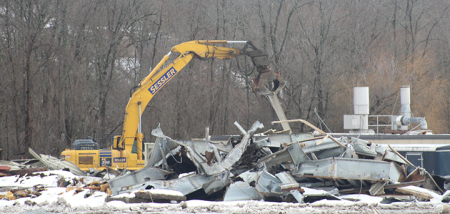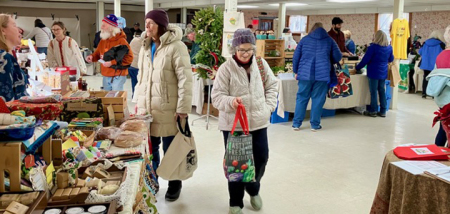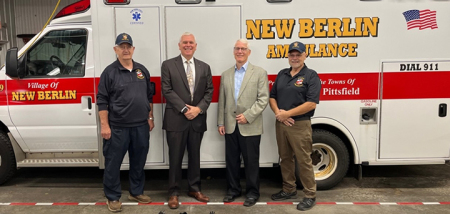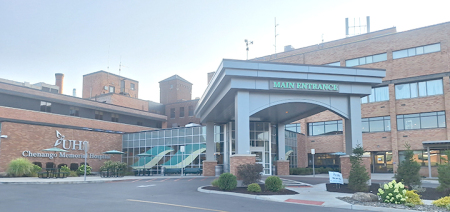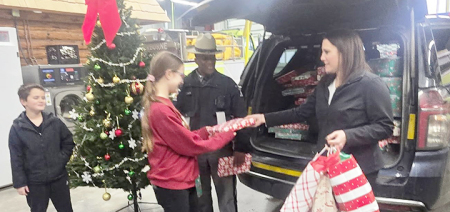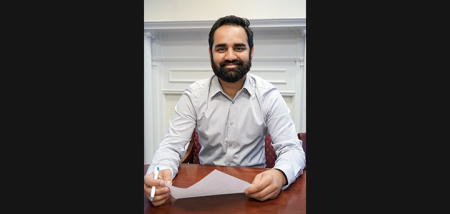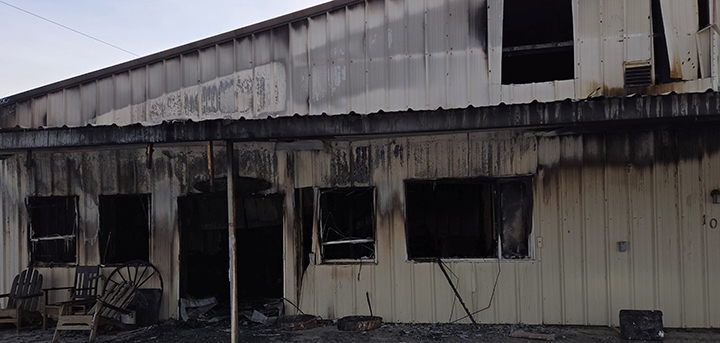A Lesson About Off Shore Manufacturing
Published:
April 15th, 2020
By:
Joe Angelino
In the 1970s in Norwich, it was said: “you could quit your job at the knitting mill in the morning, have lunch at the Ontario, and get hired at the shoe company that afternoon.” That statement is more authentic than it is a myth, and it fits almost every community in upstate New York during that same period. Central New York was then a manufacturing fortress.
I was one of the many who toiled at the Norwich Shoe. My summer position was in the State Street warehouse, working in tremendous heat at a frantic pace packing cases of shoes. The harsh working conditions were made better by one of the best bosses anyone could ever work for, Jake Klockowski.
Monday through Thursday at the shoe warehouse was spent ‘picking’ pairs of shoe boxes and placing the various sizes in large cases. The cases would be stacked eight high in claustrophobic rows. On Friday, nearly all day, trucks would back into the loading dock and get filled for companies such as; Sears and Roebuck, Kobacker, Thom McAn, K-Mart, and Buster Brown. All of those brands are now just a boomer’s memory.
In the late 1980s, Norwich Shoe and all manufacturing in upstate New York was getting competition from “offshore” workers. In the case of the shoe company, it came from the People’s Republic of China, the world’s most populous country. To better learn what they were up against, the Shoe Company owner, Jack Weinman, sent his top men to China to assess the methods of their competitors. My father, Charlie Angelino, was one of the men on that trip.
Upon returning, my father told me the shoe factories in China were crude. Some of the shoemaking took place at a worker’s home, with the entire family stitching leather. But it was only the patriarch of the family getting paid. There was no way to compete with that, especially considering the Chinese government was subsidizing some of the labor costs. The handwriting was on the wall for not only Norwich Shoe, but all manufacturing in America.
In that way, China and other places with low-labor costs, spirited away most of the western world’s manufacturing, labor, and dollars. It wasn’t just shoes and clothing, but nearly every consumer purchase has roots in China. Of course, shareholders in some American companies have just as much blame. In their quest for the highest and quickest return on their investment, everything from steel mills to toy making ended up in Asia.
With the onset of the Coronavirus, news reports have told us that 70, 80 even 90 percent of our prescription drugs originate from within China. We all knew about consumer goods, but our medicines, too? During a pandemic is not a good time to find out your most potent adversary controls the medication you need to keep alive. Although we aren’t currently in a shooting war with China, we are in an industrial-technological war with them, which has all the same drama and espionage and now, life-and-death risk.
Right now, all of us are struggling to pay bills, buy food, and pay rent, while many of our neighbors are out of work. Yet, there is a lot of manufacturing work happening to help in the fight against the Coronavirus. Masks, gloves, gowns, face shields, all of the PPE we hear nurses begging for are in mass production; it’s just too bad so much of that production of PPE is in Asia and shipped here.
Contrast that offshore mass production with the ladies in my neighborhood who are sewing cloth masks out of scrap cloth at home, or the high school teachers using 3D printing to make face shields in their small shops. Those cottage industries are delivering their homemade products to local health care workers. Ironically, it is just what my father saw years ago on his trip to China; my how the tables have turned.
After we fight our way out of this national health crisis, we should begin planning to bring back critical industries to our own country and even closer to our home. Lord knows upstate New York could use some factory laborer jobs, not only for national security but personal pride. Everyone deserves the dignity of a job and providing for themselves. Once we return critical manufacturing to the US, then maybe we could convince Wal-Mart executives to return to their founder Sam Walton’s business plan to buy and sell American consumer products.
Before the choir of faultfinder’s race to their keyboards to call me a right-wing xenophobic, you should know the Democratic Party’s patron saint of the 22nd Congressional District, Anthony Brindisi, has my same opinion. He is the sponsor of a House bill named the “Made in America Emergency Preparedness Act,” which, when passed into law, will require products like medication, PPE, and other essential products must be produced within the United States by 2025. While this won’t help any shoes get made in town, it certainly could help our local drug maker, Norwich Pharma Services and all of its employees.
Author: Joe Angelino - More From This Author
Comments

